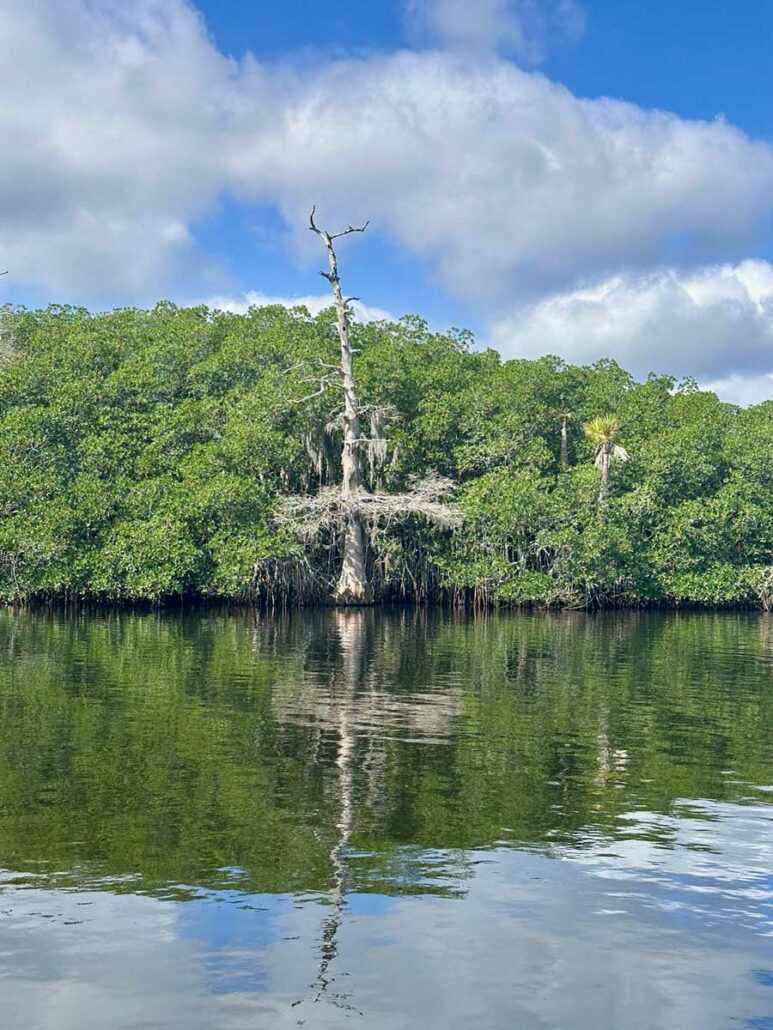
The Loxahatchee River
Happy Monday Spacefish!
I hope everyone had a great week, and weekend and were able to take advantage of a warm weather weekend before this week’s cold front rolls through – I took the show on the road this past weekend and explored previously unchartered waters, and it is a place I have been wanting to fish for sometime… South Florida’s beautiful Loxahatchee River! Let’s dive in!
Loxahatchee River
If I had to describe the Loxahatchee River in one word, I would sum it up with “magical”. It is one of the few wild and natural rivers left in peninsular Florida. It is one of the the United States federally protected “Wild and Scenic” rivers, and because of this, it has remained virtually unchanged in a state that has a population that has grown like wildfire, and has left a huge footprint on the environment, and our fisheries. Depending on which place you enter the river from, and there are several options – you may experience a freshwater river, or a stretch of the river that is a blend of temperate, and tropical vegetation, or the stretch of river that is predominantly saltwater mangroves. This river is one of the most beautiful, scenic, and biologically diverse rivers in the entire country.
I launched from the boat ramp at Jonathon Dickinson State Park, the address to the State Park is 16450 SE Federal Hwy, Hobe Sound, FL 33455 – and the boat ramp is located several miles inside of the park, but is very easy to get to, when you pay for entry into the park, the ranger on duty will explain how to get to the boat ramp.
4 Species of Snook
Did you know there were 4 species of Snook? On the Space Coast we just call them Snook, and our species is the Common Snook, which as you may have guessed is the most common. But on the Loxahatchee River, you can catch all 4 species on the same trip! Now I am not 100% sure, I felt like as I was on the water, and catching them, that I actually caught all 4 species, now looking back through the pictures, I am not as sure, but I am still pretty sure that I caught at least one Common Snook, Tarpon Snook, Swordspine Snook, and Fat Snook.
Brackish Mangrove Snook
After launching out of the boat ramp, I fished for a good hour or so in the portion of the river that was all mangroves, and on the way back in, I fished the mangroves again. I caught 1 small Common Snook, and 2 Jack’s within the first mile heading up river, I was focused on covering ground because I wanted to make it up to Trapper Nelson’s site, and it was going to be a good haul up there through a lot of twists and turns of the river. I knew that to properly explore the river, make it to the outpost, and back I was going to have to stick and move and not get bogged down in one place, I ended up pedaling/cruising more than I fished all told, which was fine by me, being as this was my first time on the Loxahatchee, I was more interested in exploring and getting a feel for the river than catching a bunch of fish. I would make a few casts at each point/curve in the river and move along, if I noticed bird activity or saw bait being chased I’d stop and fish there, but to be honest, there was not a lot of noticeable activity.
Right before I got to the first Cypress tree growing in the mangroves, I caught a small Fat Snook. On the way back to the launch spot to call it a day, I caught my largest fish of the trip, a Common Snook, but as far as Common Snook go, it was no trophy. I had all of my mangrove section catches using a 3.5 inch paddle tail, the Fish, or Die Minutemen in Swampfox (Silver with Gold Flake) on a ⅛ oz Chartreuse DOA CAL Jighead. I fished this on a 7 foot Ugly Stik Spinning Combo with a 3000 Penn reel, 10 pound braid tied to about 2-3 feet of 30 pound flurocarbon leader. I also had a casting combo rigged with heavier braid, 50 pound Mono and a walk the dog style topwater plug, but didn’t have any action fishing topwater. Though I did discover that I had a magical power – anytime the clouds would cover the sun, I would grab my topwater set up, and as soon as the plug hit the water the clouds would evaporate and the sun would shine even brighter than before, and as soon as I put the topwater away, the clouds would darken the sun’s glare again, I never realized I had the power to move the clouds! I would also venture to say that I am not to only angler that can harness the power to make clouds disappear.
(Mostly) Freshwater Snook
I started noticing Cypress trees in the mangroves, and before long it was mostly Cypress trees, and Cypress knees along the shorelines with occasional mangroves. At this point I knew the water was still brackish, but getting more and more fresh with every turn and curve of the river. At this point, I switched over to a lighter set up. I used my 6’6” Bass Pro Shops brand Micro Lite Spinning Rod, with a smaller spinning reel with 10 pound braid, tied to 15 pound Fluoro Carbon – this was a perfect set up to throw micro baits at smaller species of freshwater Snook, as well as Mayan Cichlids and Juvenile Jack Crevalle. I was hoping I’d get a Largemouth, or Juvenile Tarpon, but outside of a few taps from really small Tarpon, I didn’t get any action. I never saw Tarpon rolling, nor did I catch any Largemouth. I just had a small fish hitting my bait and saw it was a baby Tarpon following it out from under the shade of a Cypress tree.
The bait that was working well for me, was a 2 inch Big Bite Baits curly tail grub (white) on a ⅛ oz Big Bites Crappie Jighead. I ended up catching quite a few fish back in this section of the river, as this is where I slowed my pace and spent about 3 hours fishing. I ended up catching about 15 total fish, Tarpon Snook, Swordspine Snook, Mayan Cichlids, and Jack Crevalle. I also fished a small Yo-Zuri 2 ¾ inch Gold/Black Popper on another casting set up, I was casting in near Cypress stumps and slowing popping it back, but never got a hit or follow. All of the fish I caught seemed to be hugging the bottom.
Whether I was fishing the micro bait, or the bigger paddle tail I kept things pretty similar in terms of how I was fishing my baits, I kept my baits in contact with the bottom mixing in a slow rolling retrieve with pauses and hops along the bottom of the river. The fish were pretty lethargic in terms of chasing the bait, only the Fat Snook really came out and got the bait, the rest were wanting to pick it up off the bottom on a pause or on the fall of a hop. I definitely want to go back and fish this river again during the warmer months, not only to have a better shot at Tarpon, but also to be able to work in morew topwater and be able to fish more aggressively.
What Happens to a Dream Deferred?
Langston Hughes once famously asked, “what happens to a dream deferred?” – and to be honest with you, I am really not sure. But one of my “dreams” has been to catch a Loxahatchee slam. This is a Snook, Tarpon, and Largemouth Bass on the same trip. My dream…has been deferred. Instead I supplemented my Snook with lots of Mayan Cichlids and small Jack Crevalles. Mayan Cichlids were obviously not the target species, but I’d be lying if I said I didn’t have a ball catching them on light tackle.
Trapper Nelson
So I am not going to drive an hour and 45 minutes to go fish one of Florida’s greatest rivers, that is super rich in history, and NOT tell you guys some part of its history. I am planning on making future trips to the Loxahatchee (remember, my dream got deferred), and so I will go into the history of Jonathon Dickinson and the Battle of the Loxahatchee in the Seminole Wars another time. Today though, I am going to give you the short history of Trapper Nelson, also affectionately known as the “Wildman of the Loxahatchee”.
In the 1930’s the 6’4” 240 behemoth of a man, who went by Trapper Nelson moved into the area from up north. He lived a life of solitude – selling animal hides, and eating raccoons, gopher tortoises, fish, and fruit that he planted on his land. He saved money and started buying land until he had amassed a little over 1,000 acres on the banks of the Loxahatchee. His fortress of solitude was discovered after World War II, when Trapper Nelson began hosting tourists to his “zoo” of captured wild Florida animals, from the late 1940’s to the late 1960’s people flocked to see Trapper Nelson’s animals and to watch this large man wrestle Gators. He died under mysterious circumstances in 1968 – a gunshot wound to the chest, which was ruled a suicide – though many people believe there may have been foul play.
If you go and explore the Loxahatchee for yourself, you can dock you boat or kayak at Trapper Nelson’s place. It is a great place to get out, stretch your legs, enjoy a bite of lunch, have a cold drink in the shade, and explore the Trapper Nelson’s remote outpost which has been restored and is maintained by the State Park.
Conclusion
In terms of just fishing – this was by no means my greatest outing, but it was fun to pick up the micro set up and catch a good number of small fish back in the tighter parts of the winding river. I definitely want to go back during the warmer months, as I think this wild river will really come to life then. Either way, the Loxahatchee is one of America’s most beautiful rivers – and is well worth taking a road trip from the Space Coast, or wherever you live, down here to fish this magical place where saltwater and mangroves meet freshwater and Cypress Trees.
 I’d like to extend a thank you to Kayaks by Bo, our Paddle Partner for our weekly adventures! I have been loving everything about my Old Town Kayak from Kayaks by Bo, and right now they have a great after-Christmas sale on Old Town Fishing Kayaks – go check them out!
I’d like to extend a thank you to Kayaks by Bo, our Paddle Partner for our weekly adventures! I have been loving everything about my Old Town Kayak from Kayaks by Bo, and right now they have a great after-Christmas sale on Old Town Fishing Kayaks – go check them out!
Thank you for taking the time to read this, bundle up this week! We’re in for another cold snap. Have a great week, stay warm, be happy, and go fishing!
Until next time!

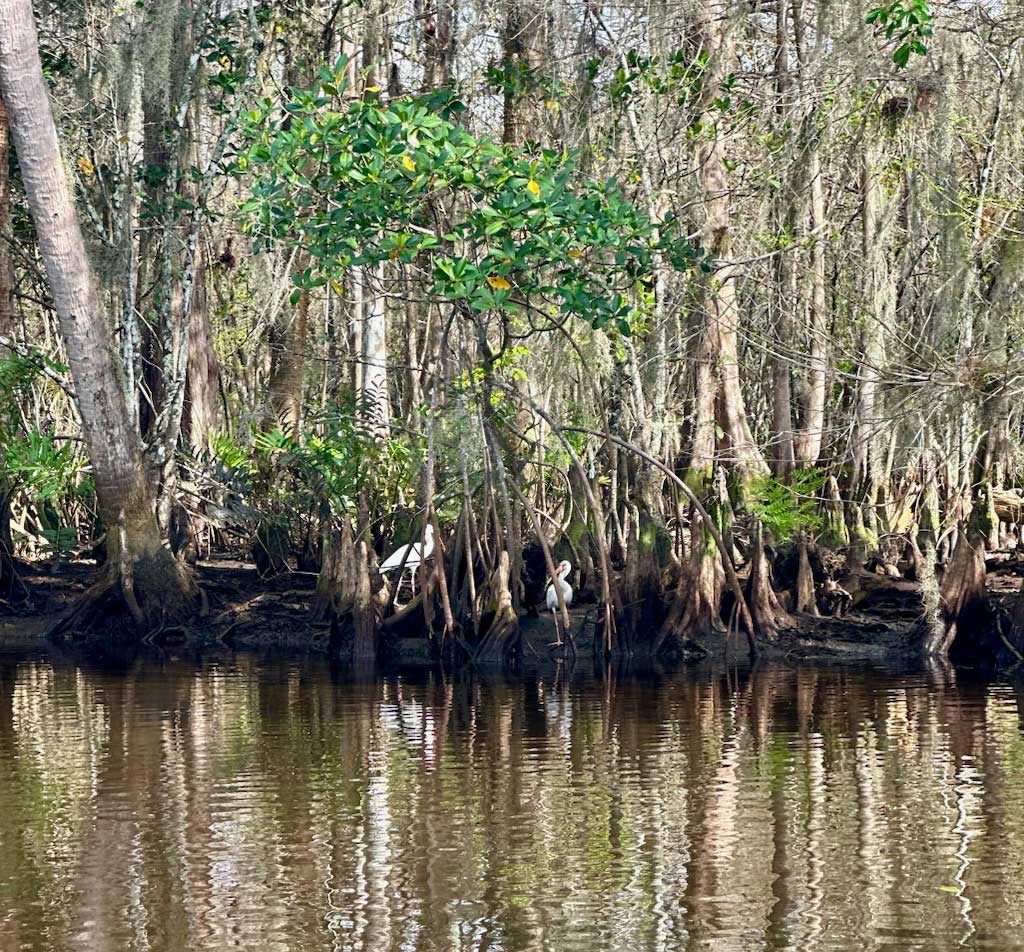
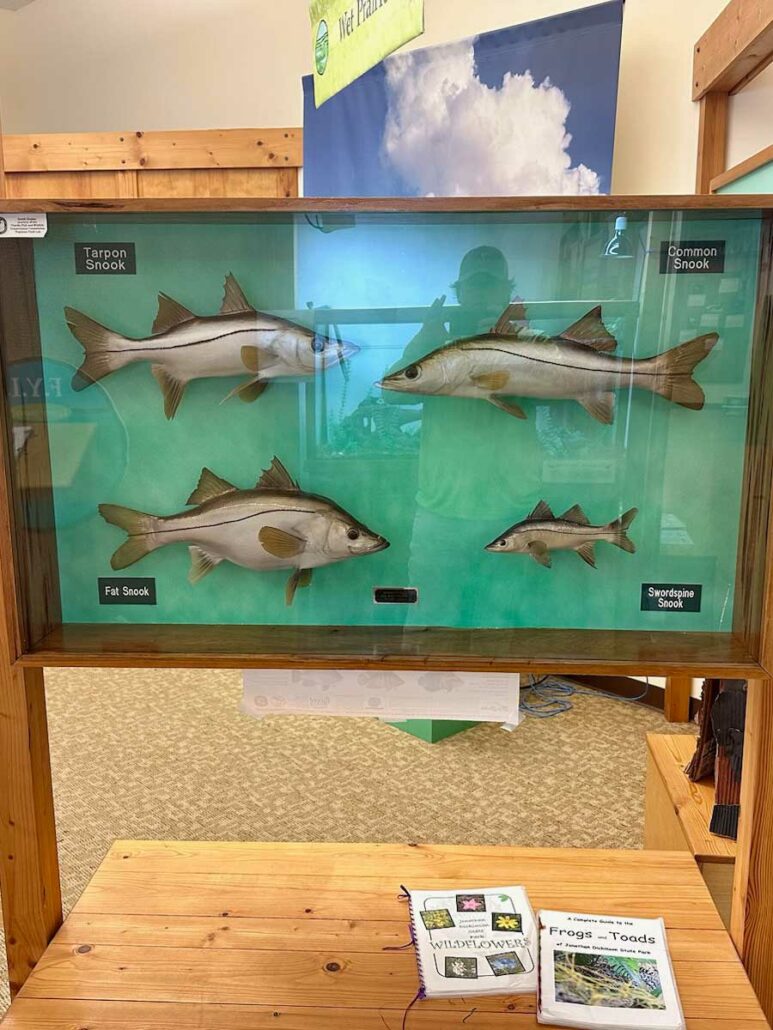
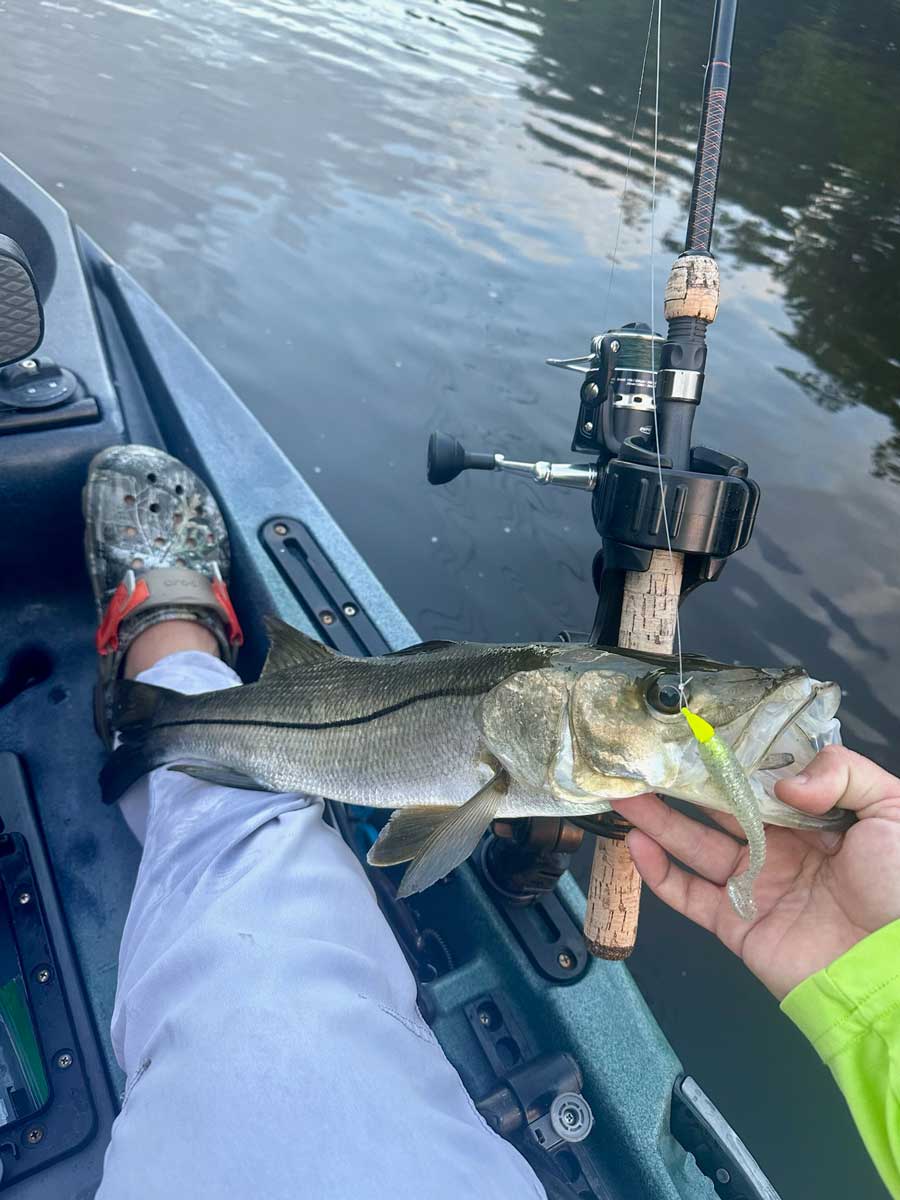
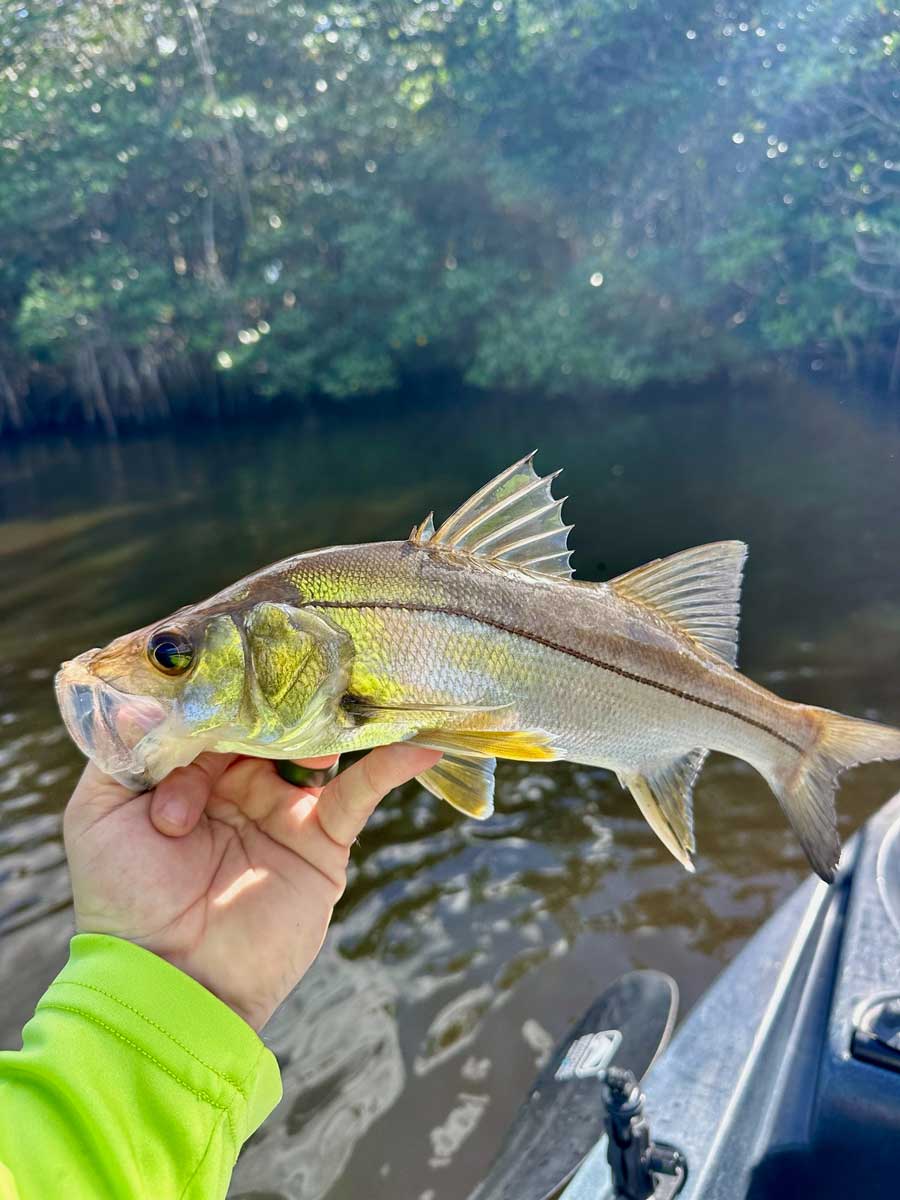
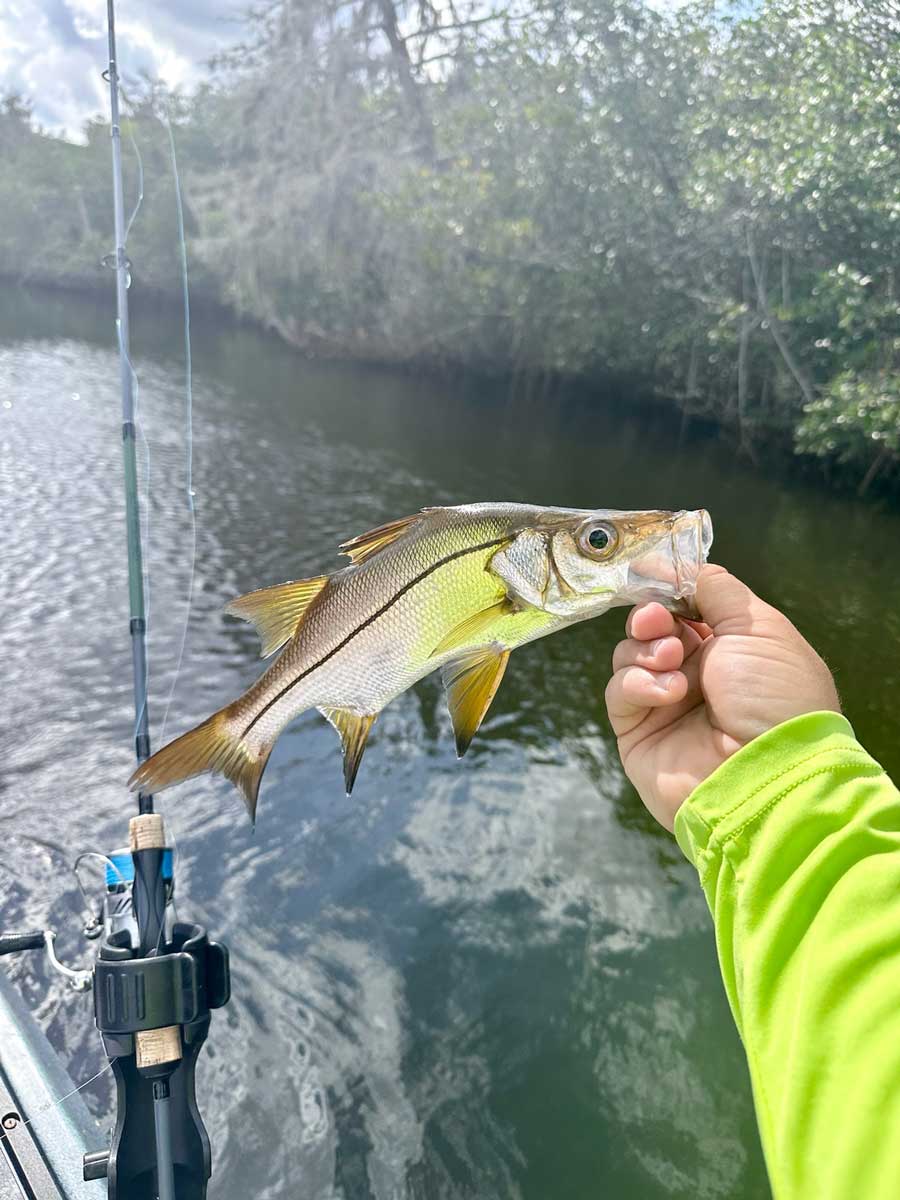
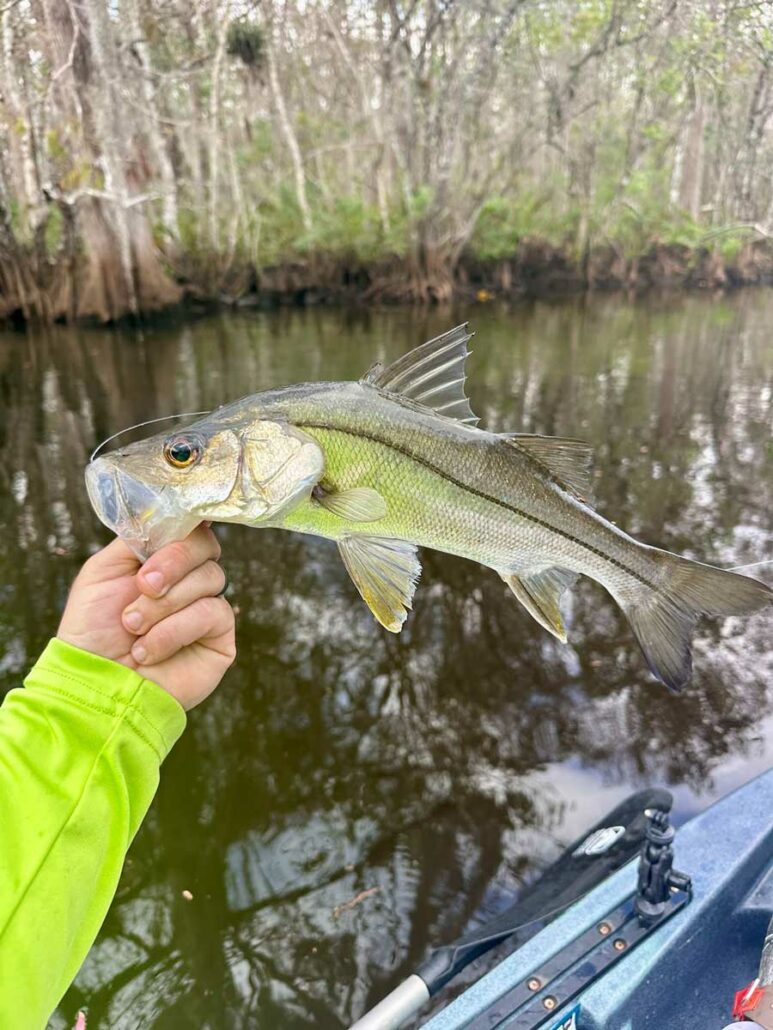
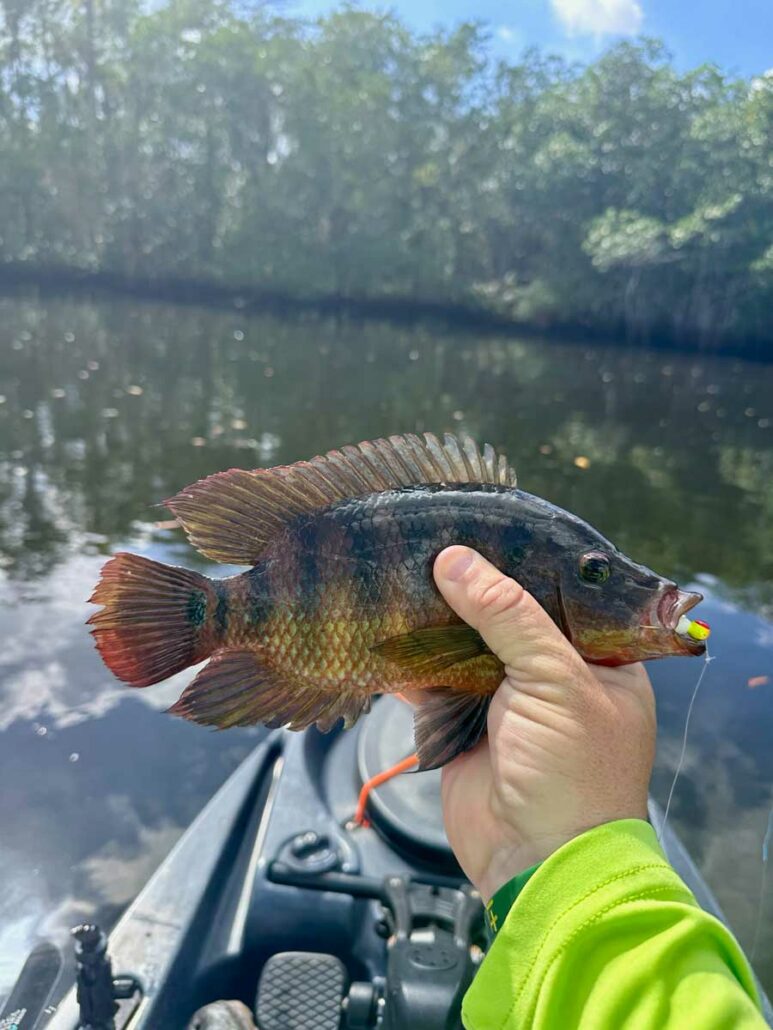
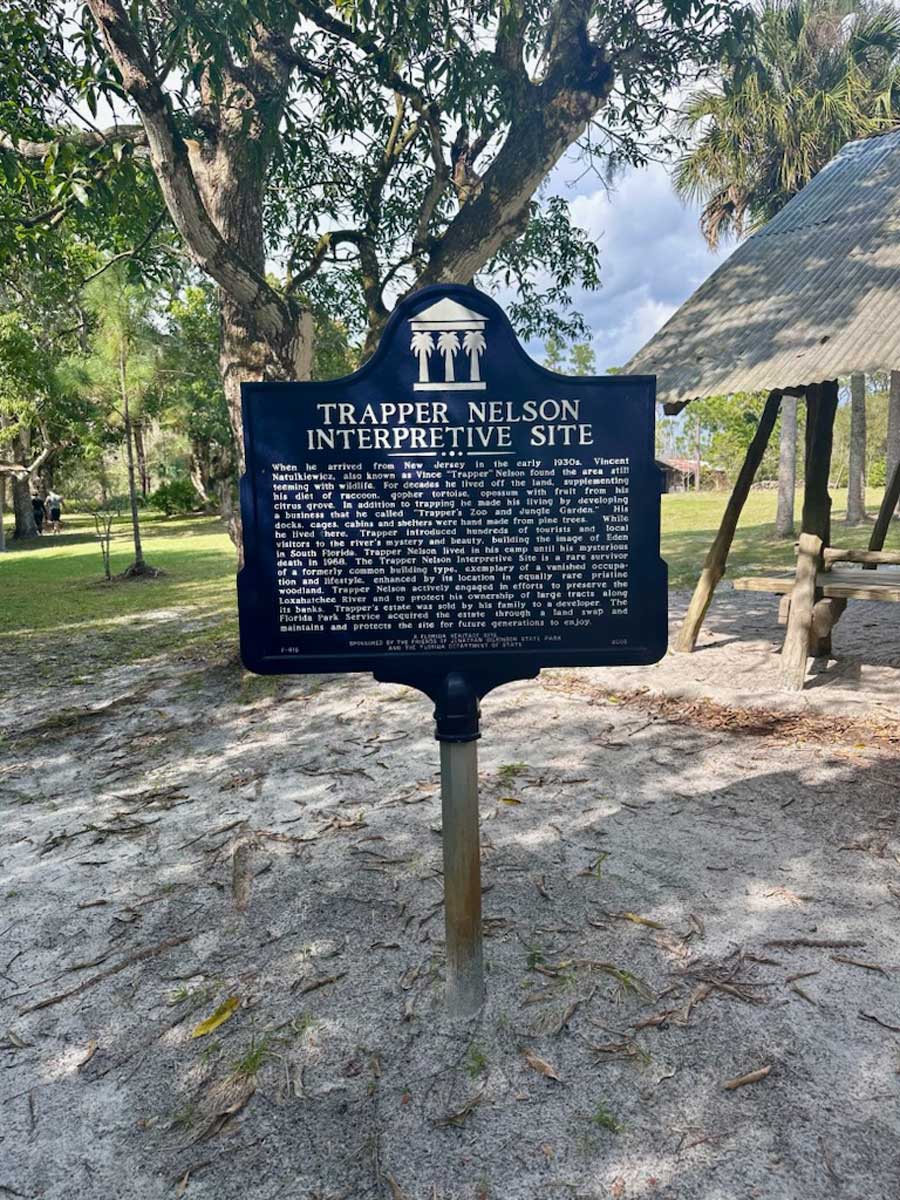
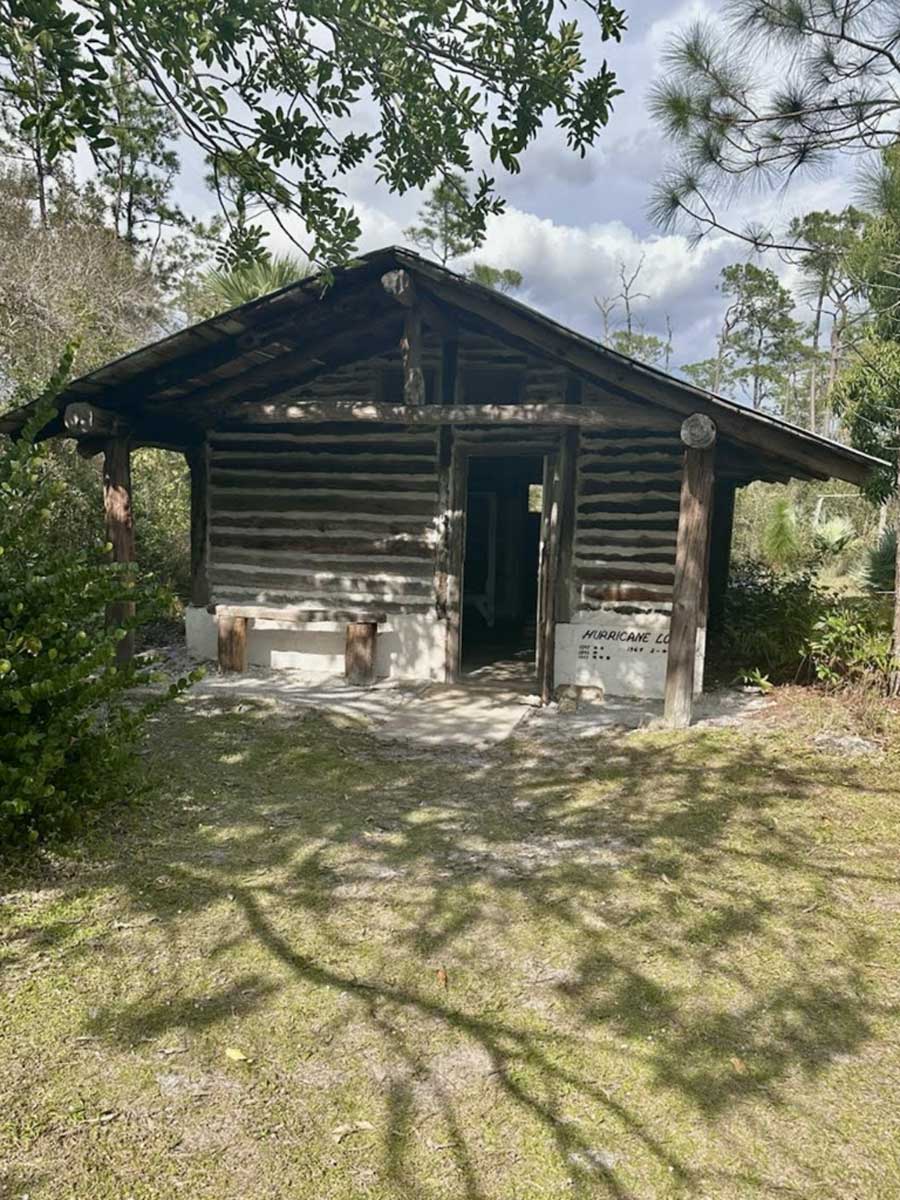
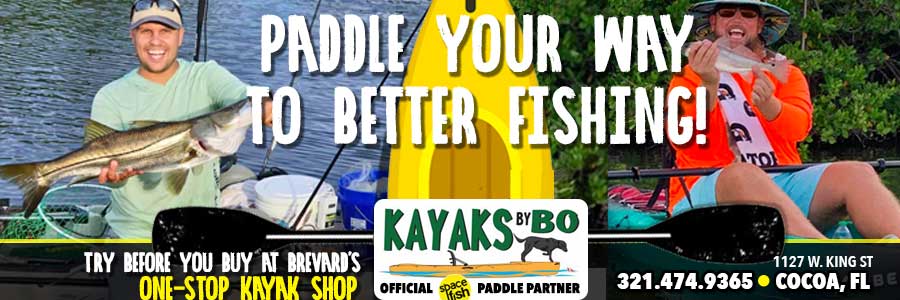

Awesome read Knox! That sounds like a cool place with a ton of history. Holding all 4 species of snook is a bonus as well.